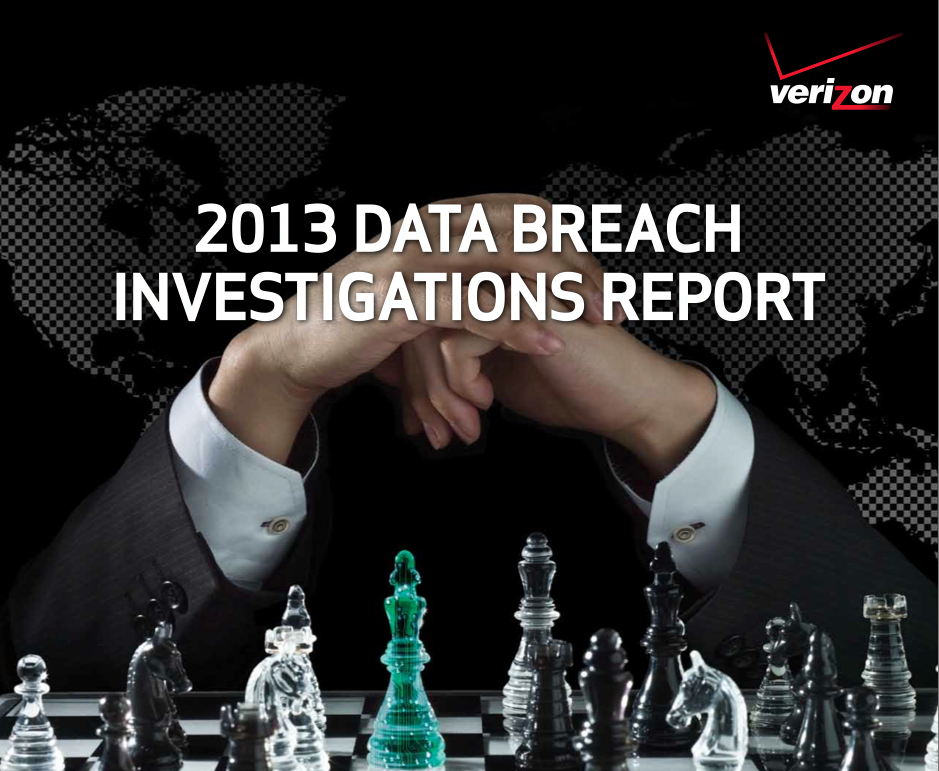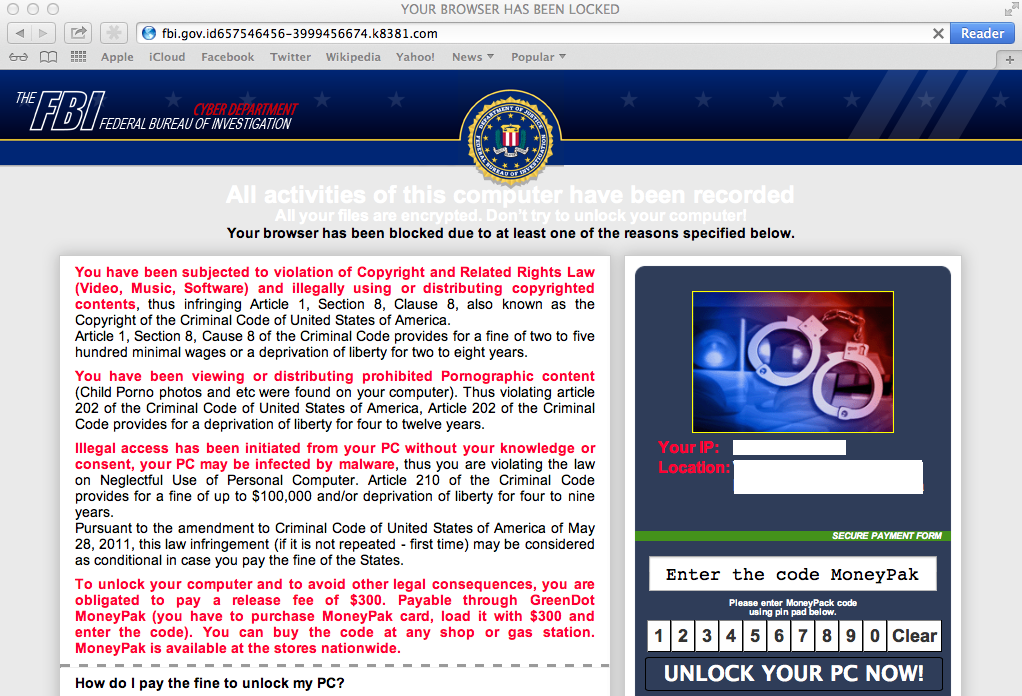My buddy Aamir posted about how to identify common phishing attacks. Phishing is still one of top attacks you will face so it is ideal that you know how to identify these. The original post can be found HERE.
As technology advances, the risk of facing cyberattacks increases. Hackers have become more sophisticated in their attack methods, and organizations have had to take extra steps to mitigate the risk of experiencing a cyber incident.
One of the most common types of cyberattacks is phishing. It’s a social engineering tactic designed to trick human victims into sharing revealing information or downloading malicious malware to their devices.
Being able to identify phishing scams helps all types of organizations stay vigilant in their cybersecurity efforts. Let’s explore the ins and outs of common phishing scams and how you can identify them.
Most Common Phishing Attacks and How to Identify Them
Below are the most widespread examples of phishing scams organizations will experience. It can be challenging to identify phishing scams but distinguishing between them is a skill someone in every industry can benefit from.
Phishing is a broad category, and the types of phishing listed below are subsets of this overarching term. Below are some of the subsets of phishing and how you can identify them.
1. Mass-Marketing Email Phishing
Likely the most common type of phishing, mass-marketing emails are sent out to millions of users worldwide. Someone tries to send an email where they pose as another person and trick the recipient into performing a malicious activity, such as logging into a fraudulent website or opening an attachment ridden with malware.
These types of phishing attacks typically include an email with a subject line to ensure users can trust the source who sent the email.
Any emails you receive and open should be from someone you know, such as a coworker or manager, as other emails could contain malware. Be sure to scan through your emails carefully, look for suspicious subject lines and never open any attachments from suspicious emails.
2. Spear-Phishing
Keep in mind that not all phishing scams rely on email, while some phishing emails are specifically targeted at one individual or organization. This is what’s called spear phishing. The term spear-phishing extends the fishing analogy because attackers aim their attack directly at one individual in an organization.
One way attackers will use spear phishing is by sending emails to recipients who recently attended a conference within their industry, for example. The attacker will make it seem like they represent the organization that ran the conference and send malicious emails to those in attendance.
Because these emails may seem legitimate, it’s crucial to check exactly who sent the email and ensure they are from a reputable organization.
3. Vishing
Vishing, also known as “voice phishing,” is a tactic very similar to spear phishing. One notable attack was on Emma Watson, a British entrepreneur, where she lost £100,000 due to vishing. In this case, Watson received a call from someone she believed represented a worker from her financial institution. The caller persuaded her to move money into another account by giving her a false sense of security.
If the vishing target truly believes the person on the other end of the call, it’s easy for hackers to trick them into sharing passwords or additional sensitive information. It’s always recommended that you only accept calls from known sources. Be aware of the questions a bank would never ask you — if they ask you strange questions, such as your password or username, don’t turn it over.
4. Whaling
Whaling is also similar to spear phishing, but they target high-level members of an organization. C-suite executives and top management need to watch out for whaling emails, as they are most likely to be targeted. Upper management is more susceptible to whaling scams because their credentials typically give more access to company resources than an average employee.
Whaling scams are also known as CEO or CFO fraud. Some attackers will pose as lower-level or entry-level employees and send emails with a sense of urgency, asking for passwords to various software or company resources, like HR data. Upper management needs to be extra vigilant in avoiding these types of scams.
5. Business Email Compromise
Last but not least, a business email compromise (BEC) targets specific employees in an organization’s financial or accounting departments. They will pose as CEOs or other top management or executives and request information from these employees.
Attackers will gain access to an executive’s email account and send fraudulent emails to members of an organization with access to critical assets and payment information. Employees working with money in an organization must never provide information or wire money to unauthorized accounts. It’s good practice to use authentication methods to ensure money transfers are going to legitimate employees or clients.
Be on the lookout for these types of phishing scams, as they’re becoming more common and sophisticated. All kinds of employees should have basic cybersecurity training to help them identify these scams and avoid compromising an organization’s assets.
Identify and Avoid Different Types of Phishing Scams
In today’s digital world, no business is immune to the various phishing attacks listed above. When you can identify them, the risk of falling victim to these attacks is mitigated. Review these types of scams with your team to protect your organization from being digitally attacked.



